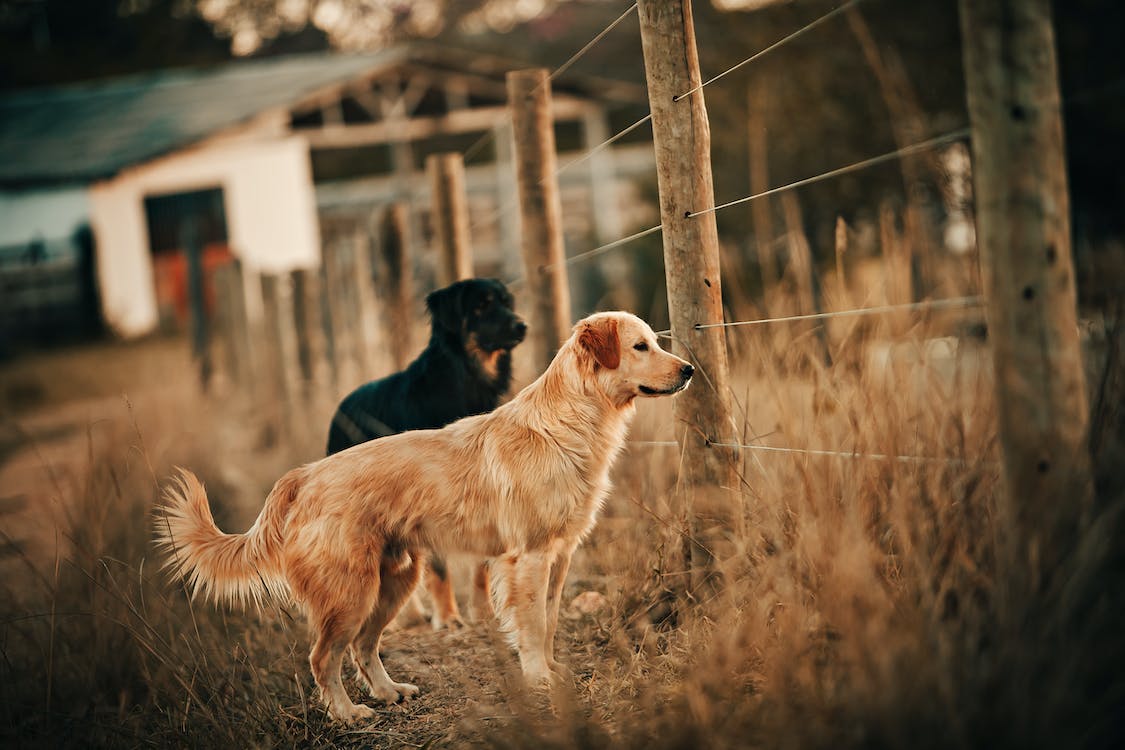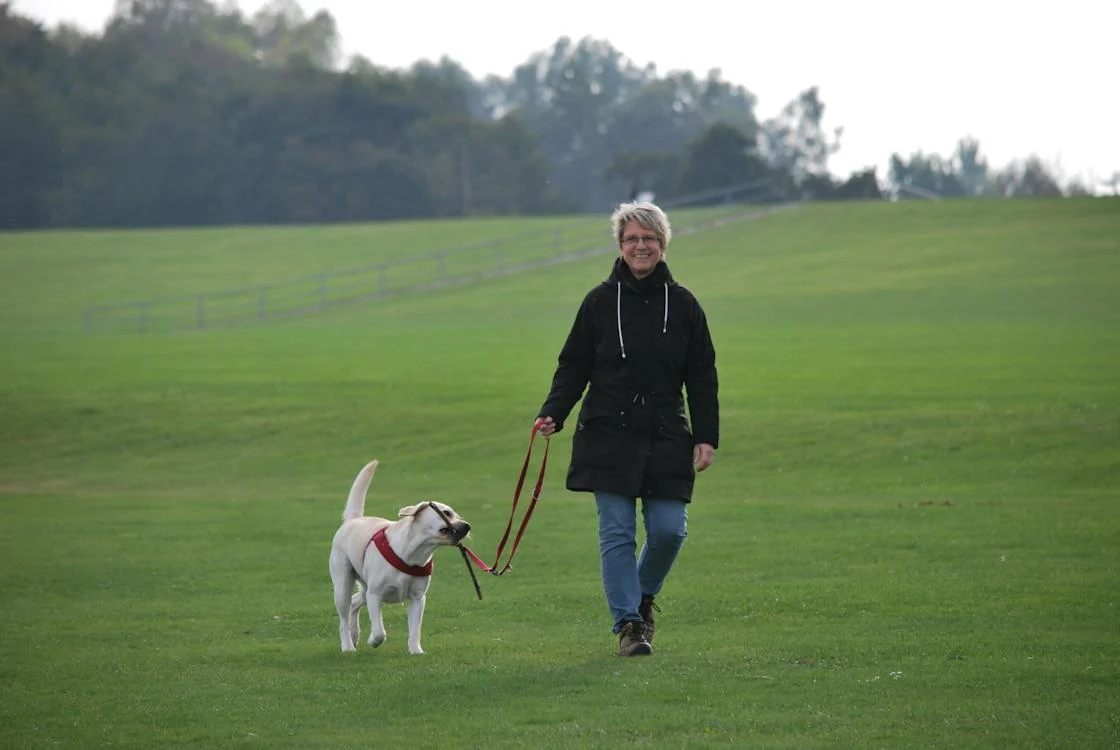As a responsible golden retriever owner, one decision you’ll face is when to spay (female) or neuter (male) your pup. Though a routine procedure, the timing matters significantly for goldens. Doing it too early risks orthopedic disorders while delaying leads to increased cancer risks. Navigating the right age for your individual dog requires understanding these breed-specific health factors.
Analyzing the Pros and Cons of Early Spay/Neuter
Traditionally, dogs were spayed or neutered around 6-7 months, but research reveals increased health risks with pediatric procedures under 1 year old.
Pros of Early Spay/Neuter
- Eliminates heat cycles starting around 6 months old
- Removes risk of surprise litters before maturity
Cons of Early Spay/Neuter
- Increases risk of hip dysplasia, ACL tears, and bone cancer
- Potential for urinary incontinence
- Possibility of altered physical and behavioral development
Golden retrievers’ high cancer susceptibility favors delaying until maturity.
Cancer Risks of Delaying Spay/Neuter in Goldens
The biggest downside of postponing past 6 months is increased likelihood of reproductive cancers later in life.
Increased Cancer Risks with Delayed Spay
- Hemangiosarcoma (malignant tumors commonly affecting the spleen, liver, and heart)
- Mammary gland tumors
- Uterine infections called pyometra
Increased Cancer Risks with Delayed Neuter
- Testicular cancer (uncommon in dogs but possible)
- Perianal tumors
- Prostate cancer (fairly uncommon in dogs)
For goldens with high cancer risk, spaying after one heat cycle around 1 year helps reduce risks while allowing some maturity. Discuss the timing with your vet.

When Growth Plates Close in Goldens
Allowing dogs to reach skeletal maturity prior to spay/neuter may optimize orthopedic health. Growth plates on the ends of bones gradually close between 12-18 months old.
Key considerations for golden retrievers:
- Growth plates in the long bones typically close around 12-15 months.
- Joint laxity peaks at 5-6 months making injury risk highest then.
- Delaying spay/neuter until at least 12-18 months allows growth plates to fuse properly.
- X-rays can check for growth plate closure to guide ideal timing.
Increased Orthopedic Disorders with Early Spay/Neuter
Pediatric spay/neuter correlates to higher incidence of joint and bone disorders in goldens due to altered development.
Increased Orthopedic Problems with Early Spay
- Hip dysplasia – malformation of hip joints
- Cranial cruciate ligament tears – instability in knee joints
- Hip/elbow dysplasia – developmental joint laxity
Increased Orthopedic Problems with Early Neuter
- Hip dysplasia
- Anterior cruciate ligament tears
- Bone cancer like osteosarcoma
Waiting until 12-18 months allows bones and joints to develop properly under the influence of sex hormones.

Timeline Factors Impacting Spay/Neuter Age
Consider these factors regarding your golden’s lifestyle, home, and pedigree:
- If no fenced yard, spay before first heat around 9 months.
- If cleared of genetic joint disorders, can spay after first heat cycle.
- If dysplasia risk, wait until 15-18 months but not beyond 2 years.
- If both parents virgin and no puppies planned, can wait until 2 years old.
- If intact males slip outside or live with female, neuter earlier.
- Discuss health histories of parents and siblings with your breeder.
Your own preferences for cancer vs orthopedic risk also help determine ideal timing. Your vet can take all factors into account and guide you.
Conclusion
There’s no one perfect spay or neuter age for golden retrievers. Balancing reproductive cancer risks versus orthopedic disorder prevention is key. With your vet’s counsel, consider your dog’s joint health, environment, and pedigree to optimize the timing. Golden retriever owners wanting to responsibly minimize risks face a delicate balancing act best handled individually. Prioritize open conversations with your vet to decide the ideal age for your dog’s needs.



